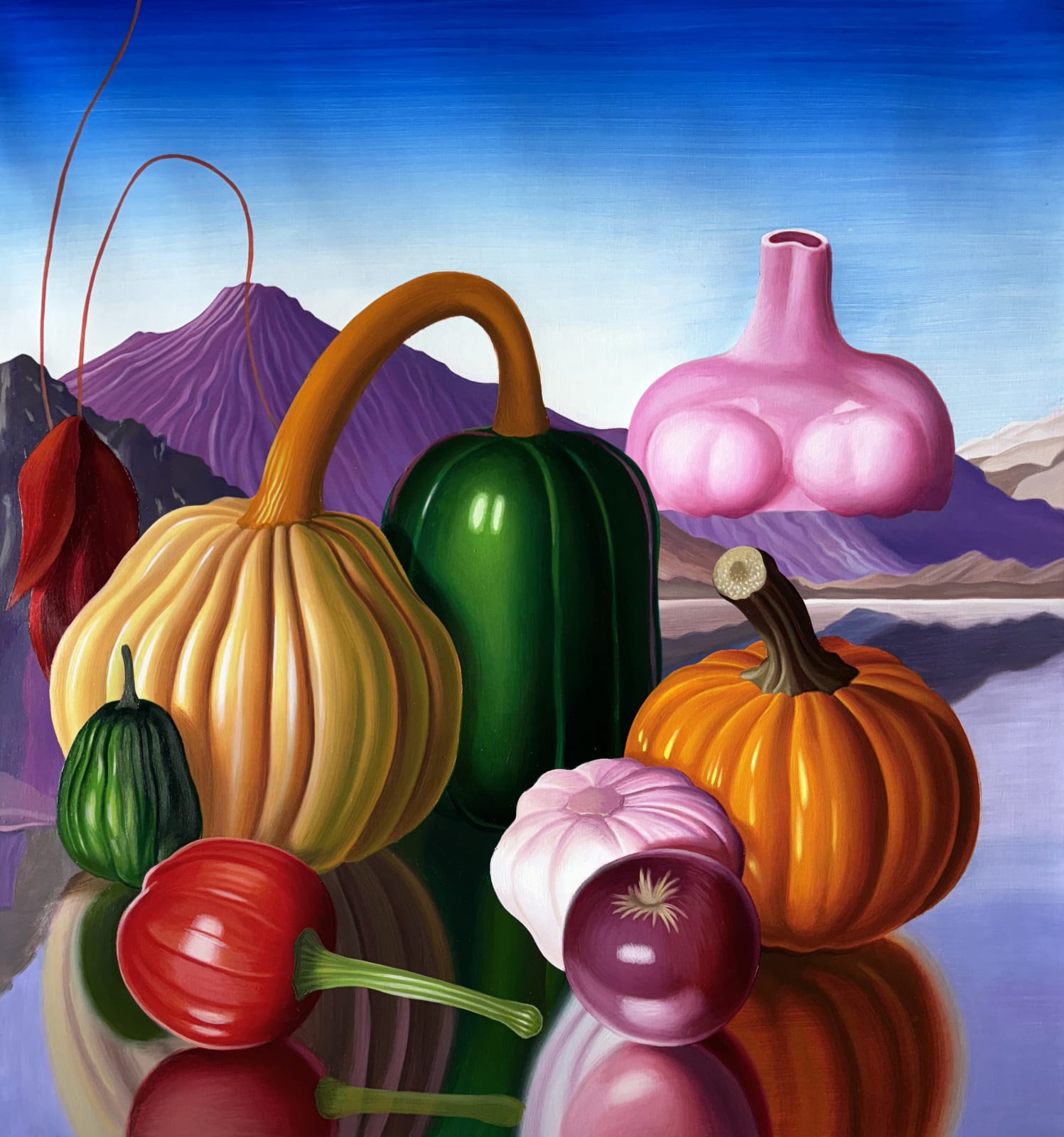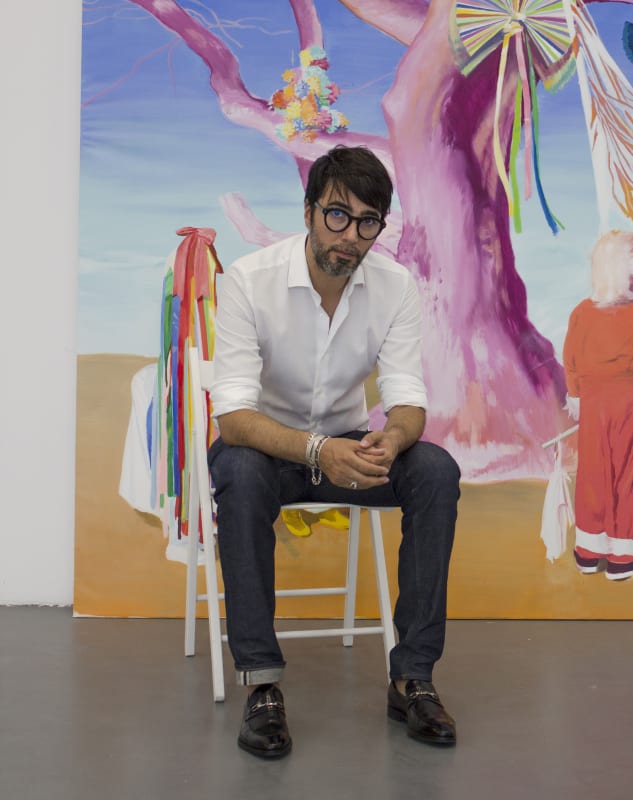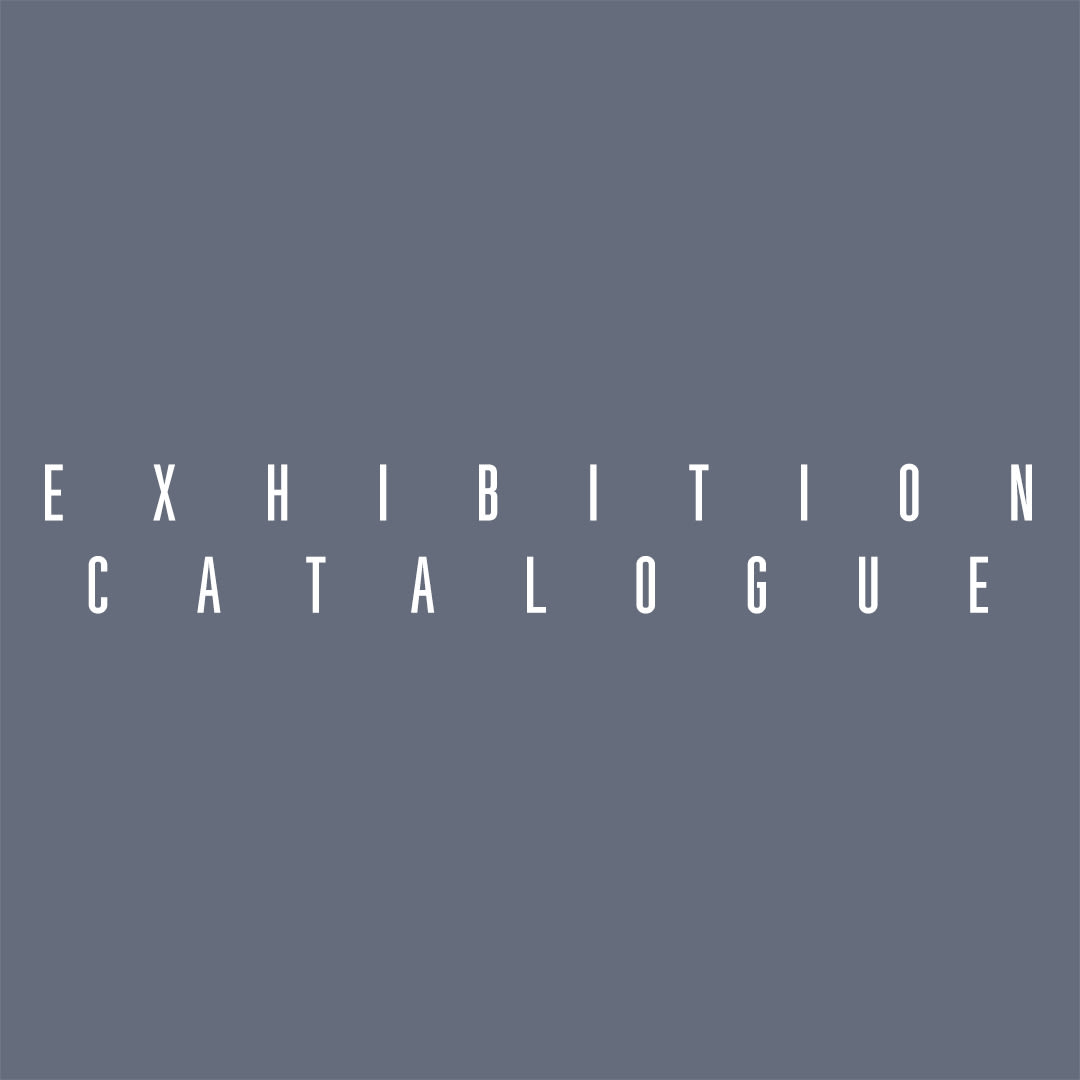REMUS GRECU
Remus Grecu’s beautifully executed paintings present vivid, saturated dreamscapes for the 21st century. Abundant with ripe fruits and opulently stylized figures, Grecu's works seem to hover between spaces; as if themselves the bizarre hybridization of tropes utilized throughout art history and visual representation. Laden with narrative and rich with colour and symbolism, these works seem both eerily disquieting but also warmly, richly inviting. For the Romanian-born, Bucharest-based Grecu, these paintings are indeed superlative and visionary, bringing viewers “the best of all possible worlds."
Recurrent to each painting is a female figure, one who seems to be something of a hyper-stylized Victorian era heroines - as likely to be Jane Eyre or a reanimated Emma Stone in Poor Things - she is in fact Cunégonde, the heroine of Voltaire’s Candide, symbolizing the fleeting beauty of youth and the impermanence of life. But she may as well be a modern-day Mona Lisa, presented before a tableau of draped, richly coloured silks that recall Davíd or Veronese, almost as much as they pull from the psychedelic, distant interplanetary landscapes described so vividly in late-era C.S. Lewis, or the off-kilter (sur)realities currently served up by contemporary art. But Grecu's fantastical worlds have been brought to vivid realization with his meticulous painterly style, his unabashed and magnificent use of saturated colour, and a presentation of ripe and rotund fruits that seem to spill and tumble from the painted surface.
Each painting seems tranquil and yet almost pulses with restrained energy and disquiet. From snow-capped mountains to endless, Saturnine vistas, these works are like hommages to the high Renaissance melded with how an AI generator might imagine a dystopian future, stripped of excess and yet luxuriant in unnerving detail.
And yet within such richness, there is a sadness and loneliness that speaks to the human condition. Grecu's perfected, stylized frames invite contemplation about what exists beneath such a glossy, saccharine veneer. Such heightened beauty suggests another world, a hidden world rife with decay, anguish, and poverty - creating an immediate and very relevant reflection to the reality of the realities within our own world. But if art has been used to reflect, disguise, or elevate the ills of everyday life, Grecu seems to lacquer his with a hard candy shellac.
Inspired by the luminous, carefully composed works of the Renaissance, Grecu infuses his paintings with a contemporary sensibility, reimagining classical ideals of beauty and harmony for modern times. His art serves as a counterpoint to the imperfections of our current reality, presenting a serene and perfect world—one filled with light, happiness, and an almost otherworldly sense of peace. Through these works, Grecu invites us to contemplate not only what is, but what could be, if we allowed ourselves to imagine a world beyond the flaws at our own doorstep.
Umberto Eco once stated that "beauty is boring because it is predictable," and yet this version of beauty veers so close to the edge of perfection that it seems to double-back upon itself, looming dangerously close to the grotesque, carnivalesque, and even slightly, delicately morbid. Grecu has given us a snapshot into a "future perfect" and it is as lush and inviting as a dream, a too-perfect dream, one that veers dangerously close to that which is terrifying.
REMUS GRECU (b. 1976, Bucharest, Romania) graduated in 2001 with a BA in Fine Arts from the University of Arts, Bucharest.
Solo exhibitions include: The Silence Between, BEERS London, London (2025); The Best of All Possible Worlds, Steve Turner Gallery, LA, USA (2024); Praying For The Snow, IOMO Gallery, Romania (2022); Night Rainbows, CAI Gallery, Belgium (2021) and; If This Is Heaven There Should Be More, Jan Dhaese Gallery, Belgium (2018).
Group Exhibitions include: Double Vission, Plato Gallery, New York, USA (2024); Allegorical Conditions, CAI Gallery, Belgium (2022); IOMO Gallery, Romania (2021) and; Jan Dhaese Gallery, Belgium (2016).
Fairs include: KIAF, Steve Turner Gallery, Seoul, Korea (2024); Art Herning, Denmark (2018) and Scope Miami, USA (2017).










